Some build pics for those interested... Glad to share the code for the BS2 and discuss. Please excuse the quality of photos, order and such - was not planning on posting when I took these.
Originally started with a screw motor but switched to the linear servo - hence the schematic is not updated as the H-circuit to drive the motor is no longer required. Also switched radio / receiver, upgraded to metal servos, battled connector and radio issues...all operational now. Once the mast mechanism is in place I'll start to see the light at the end of the tunnel. But - as we all know - hopefully it's not the oncoming train!
Originally started with a screw motor but switched to the linear servo - hence the schematic is not updated as the H-circuit to drive the motor is no longer required. Also switched radio / receiver, upgraded to metal servos, battled connector and radio issues...all operational now. Once the mast mechanism is in place I'll start to see the light at the end of the tunnel. But - as we all know - hopefully it's not the oncoming train!



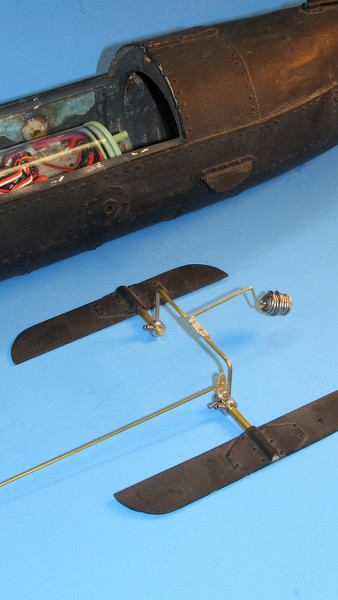
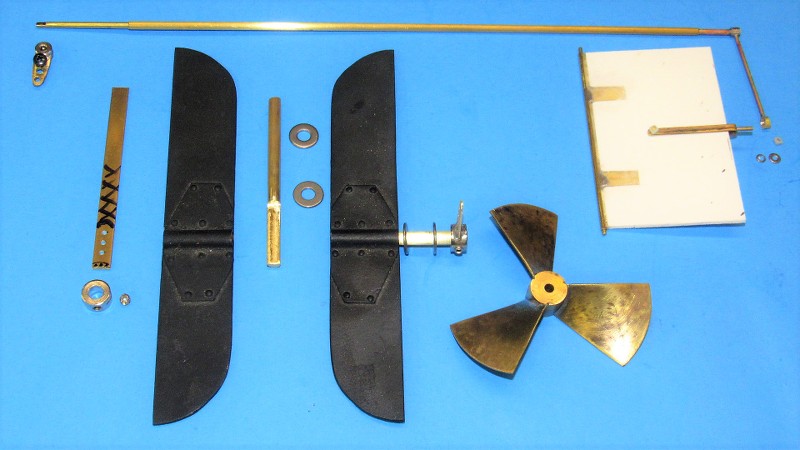
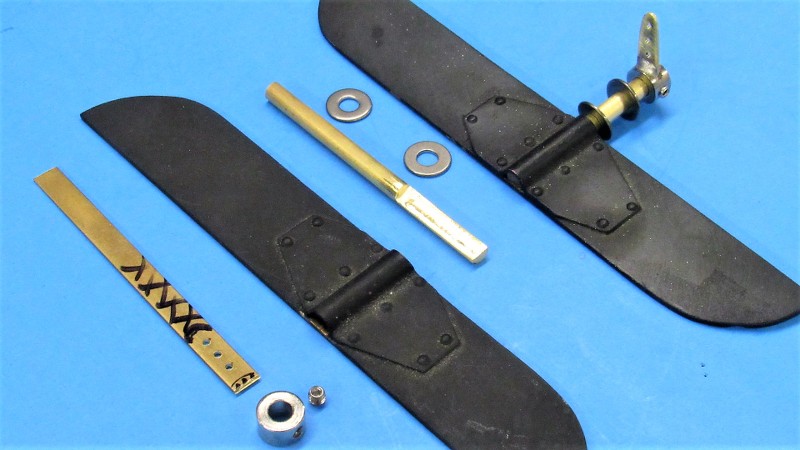
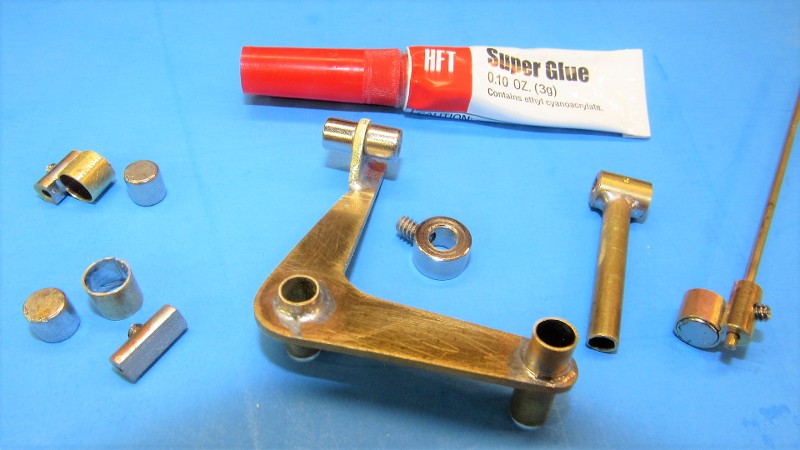
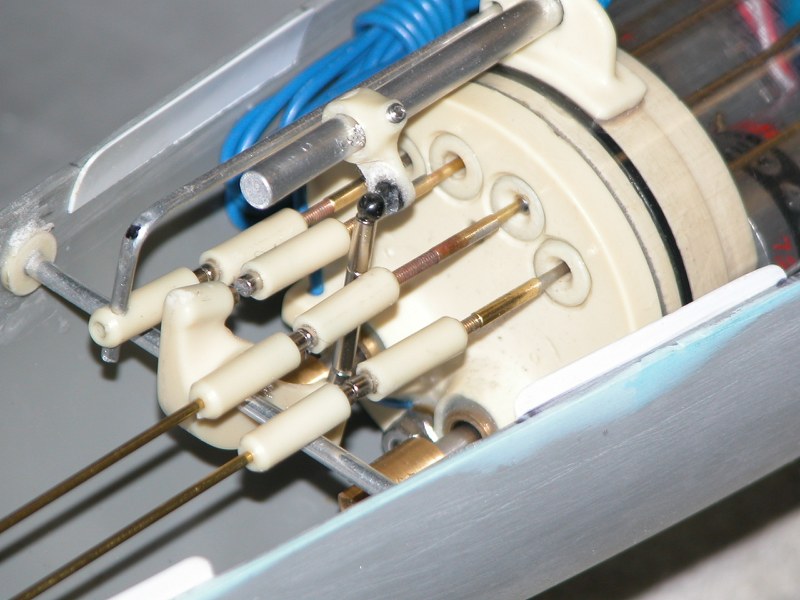
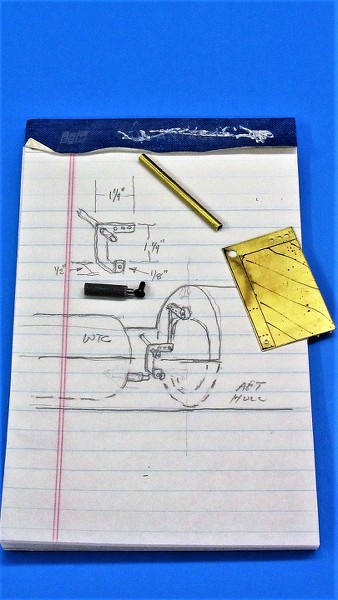
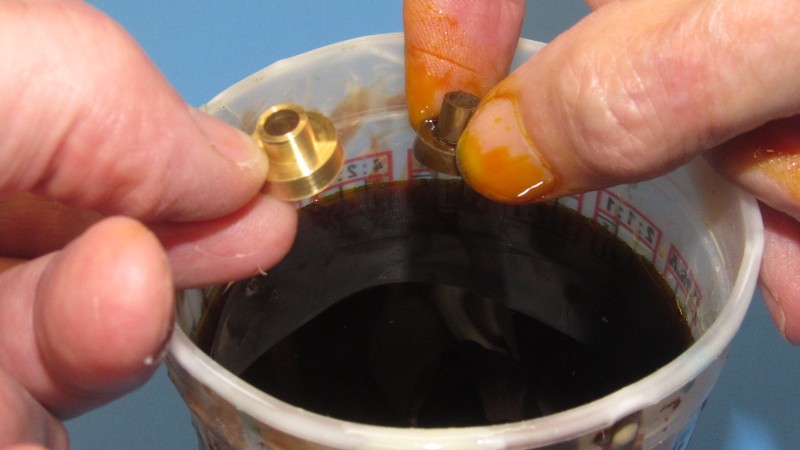
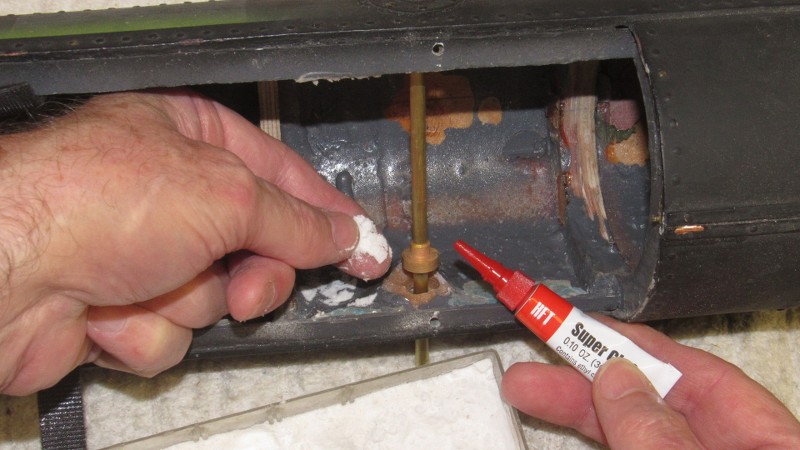
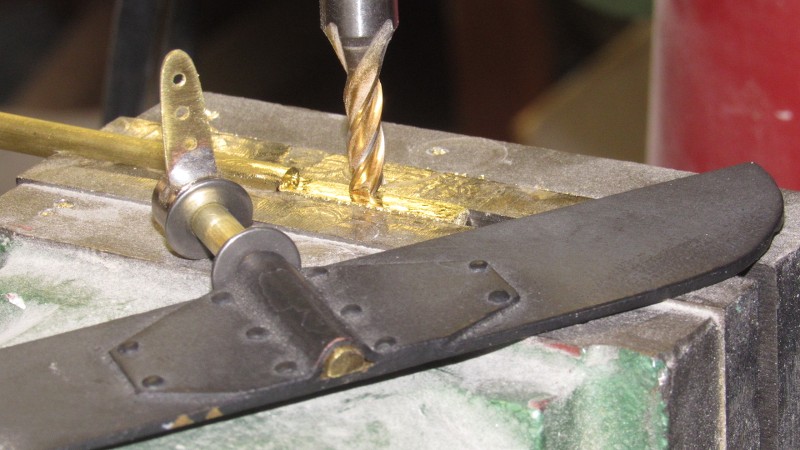
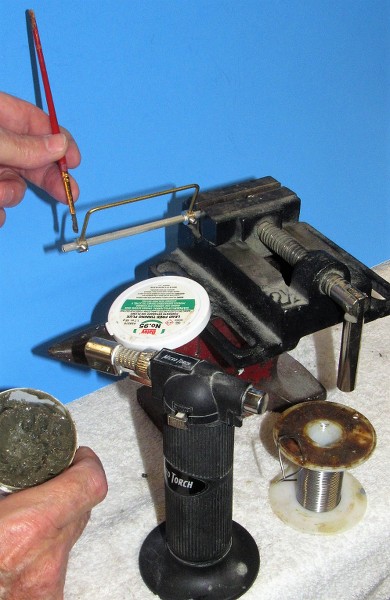
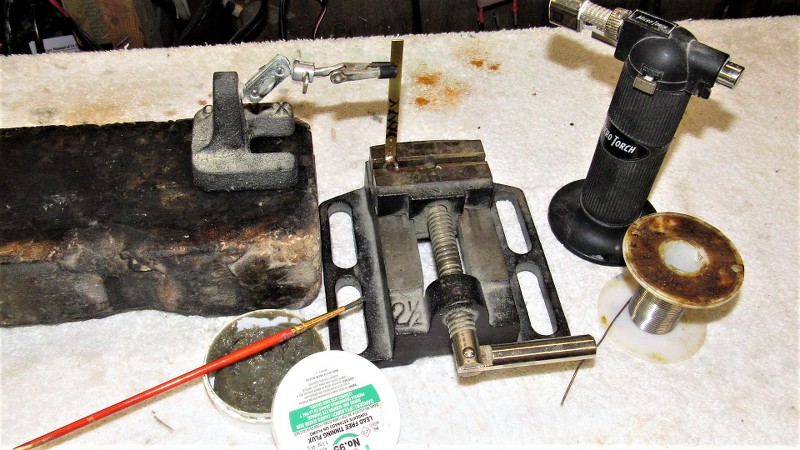
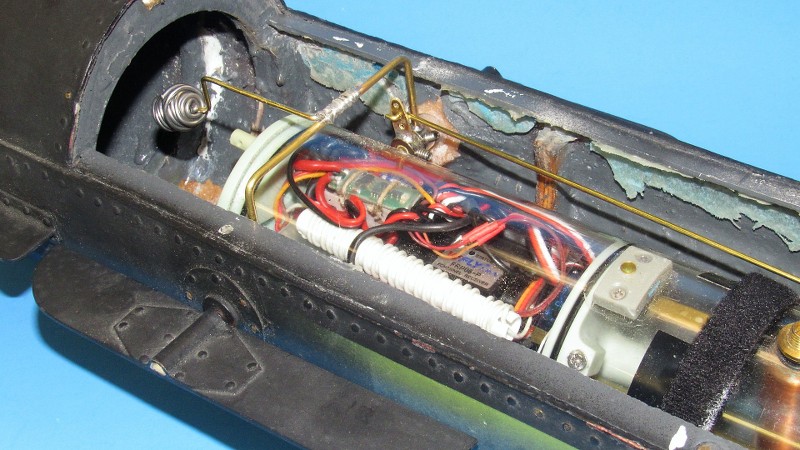
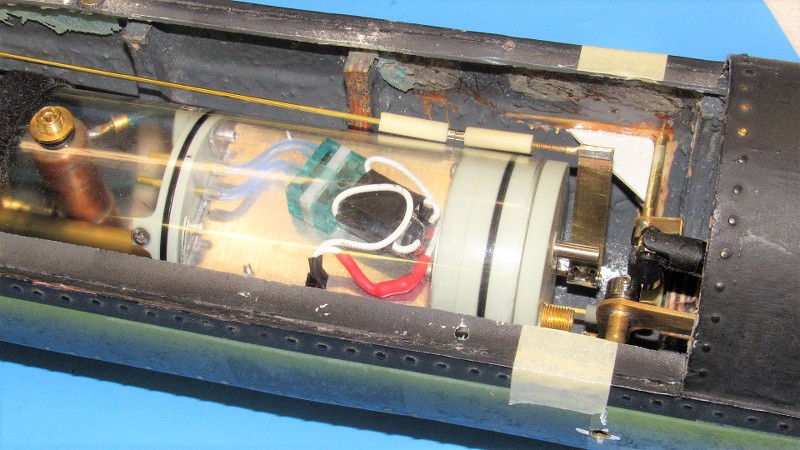

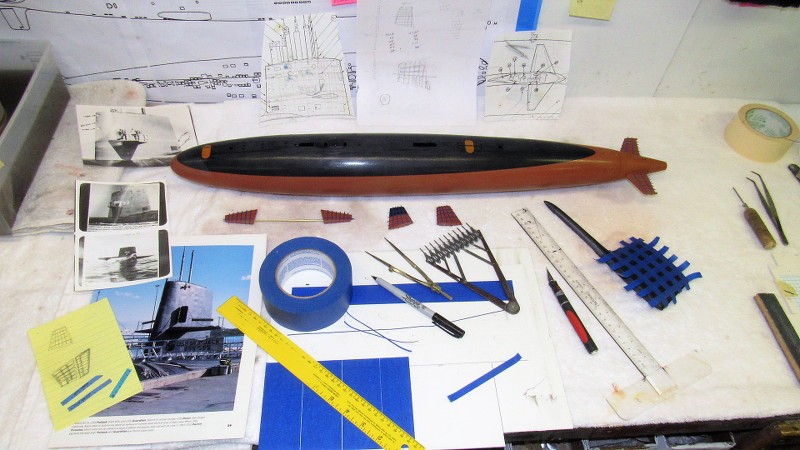
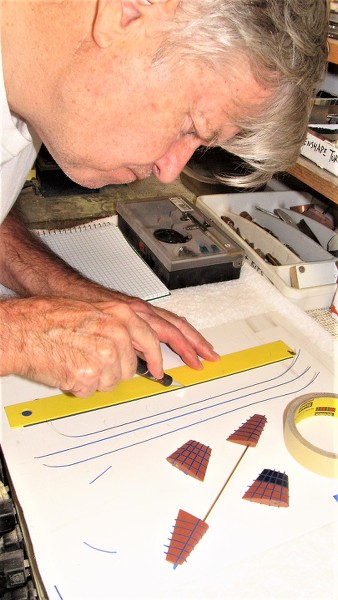
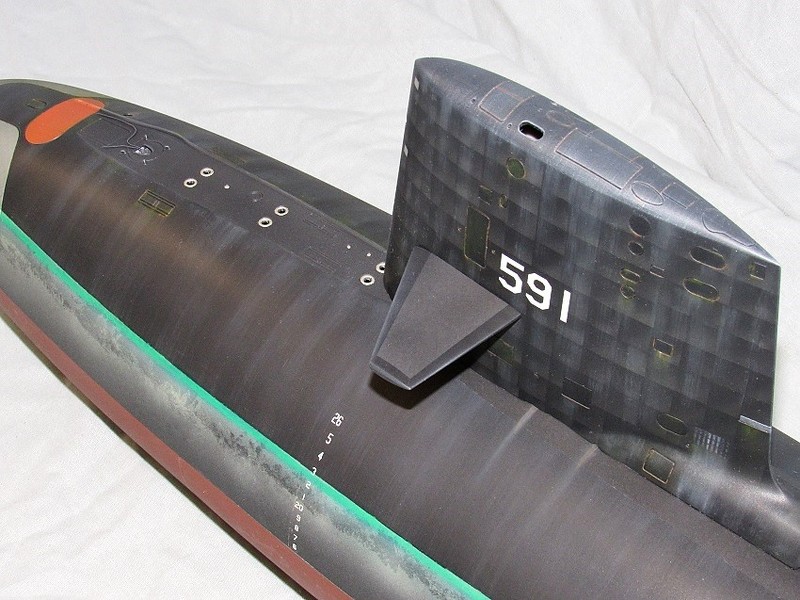

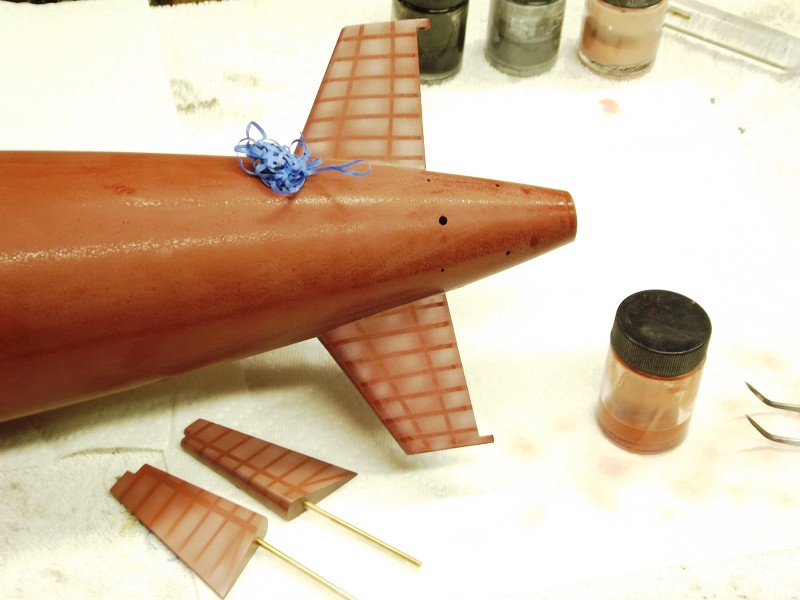
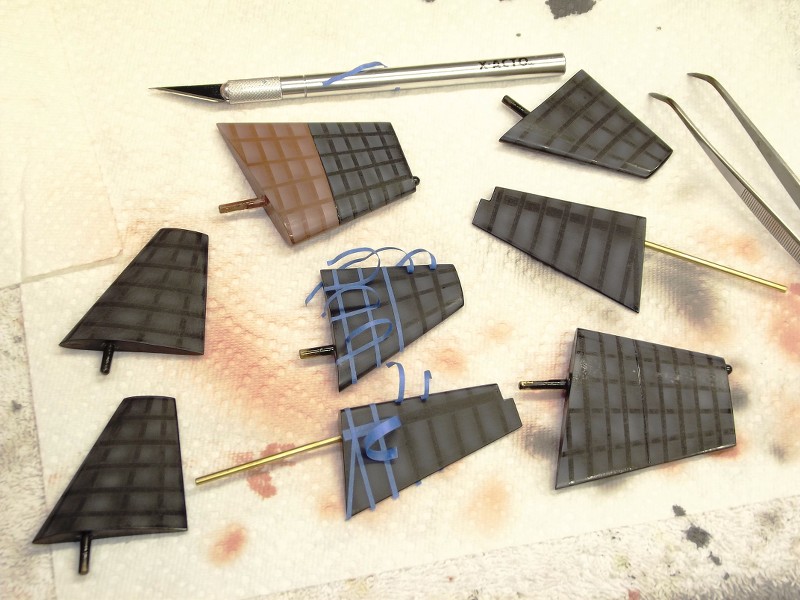


Comment